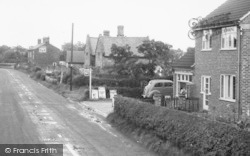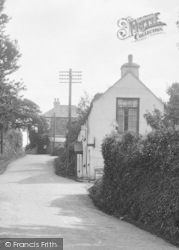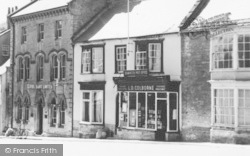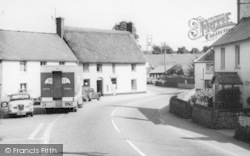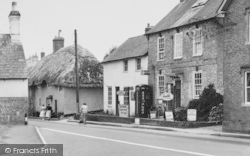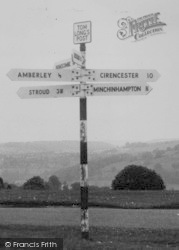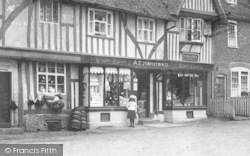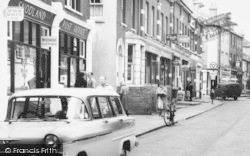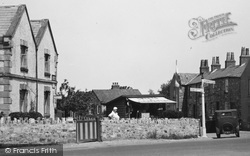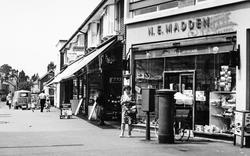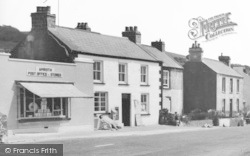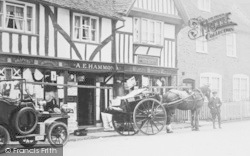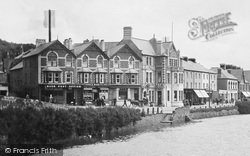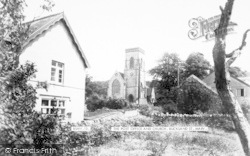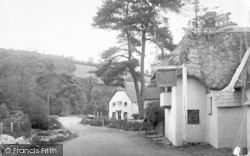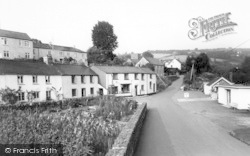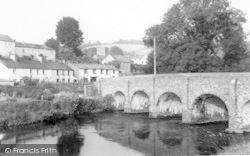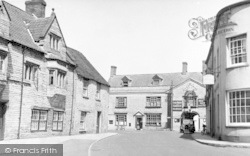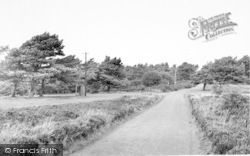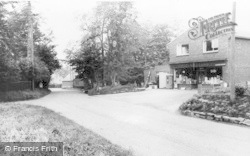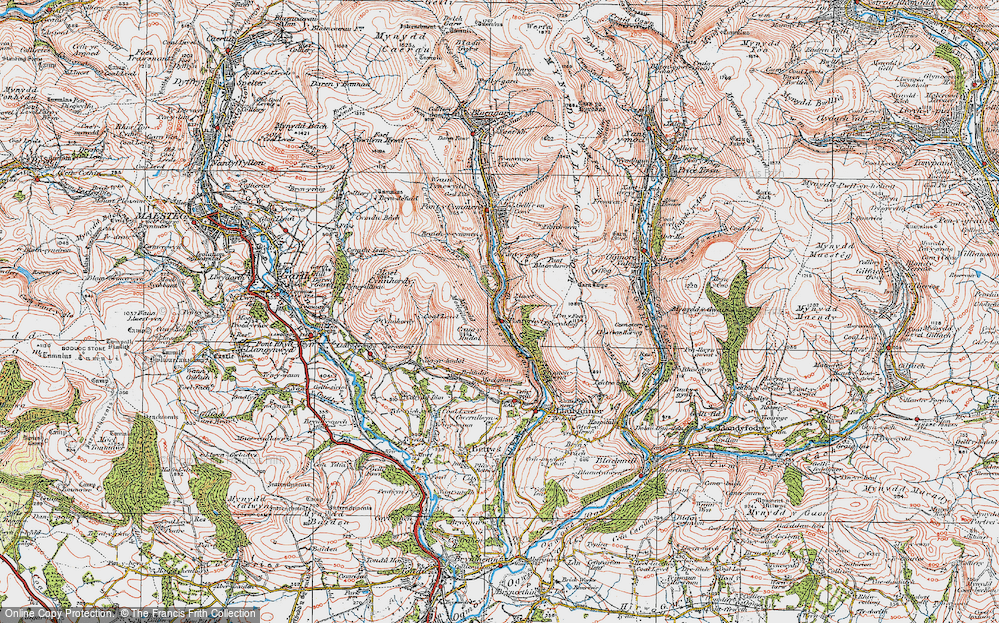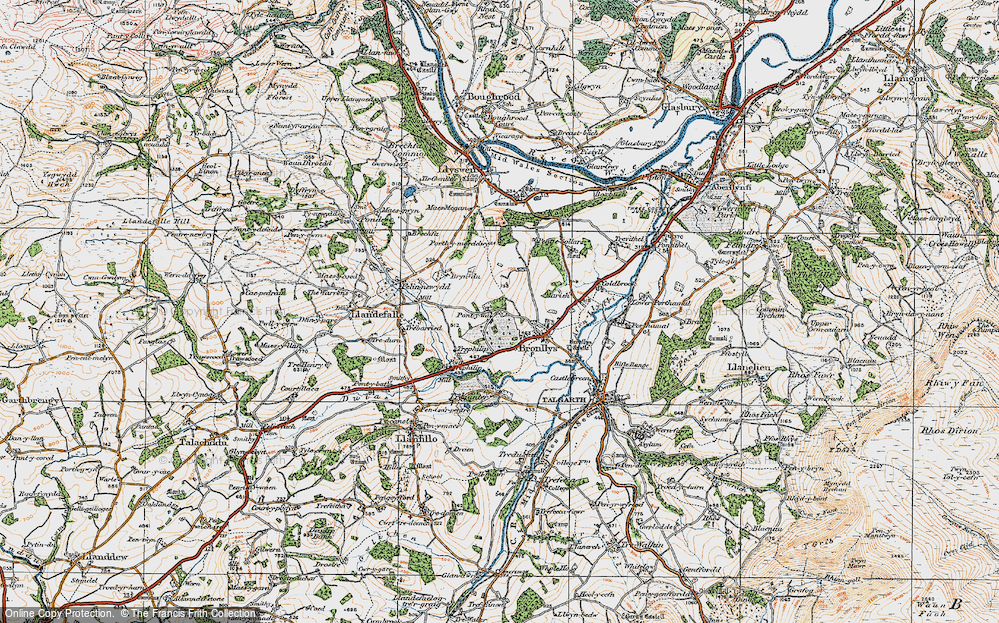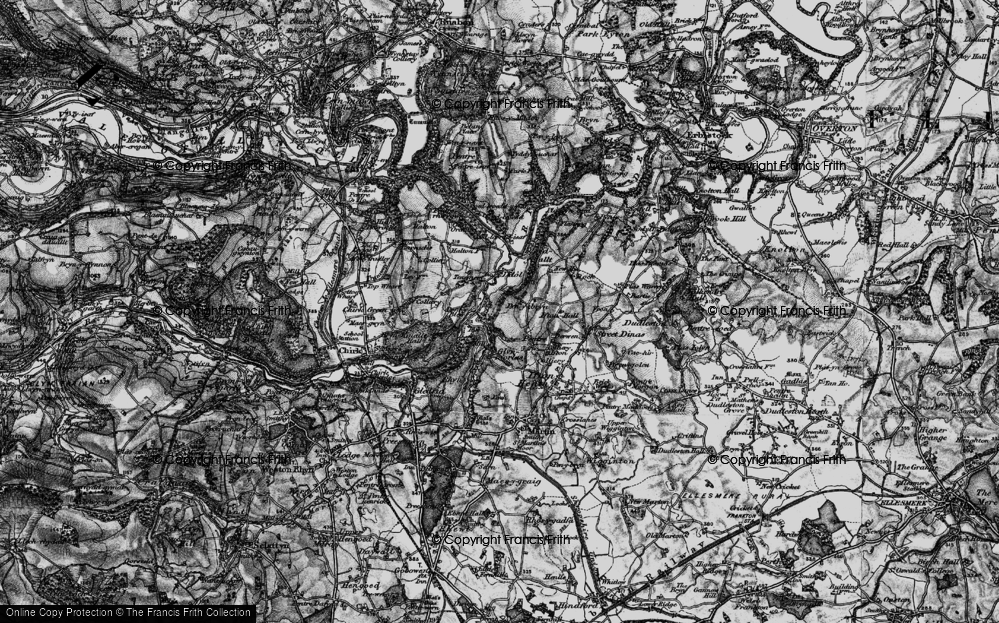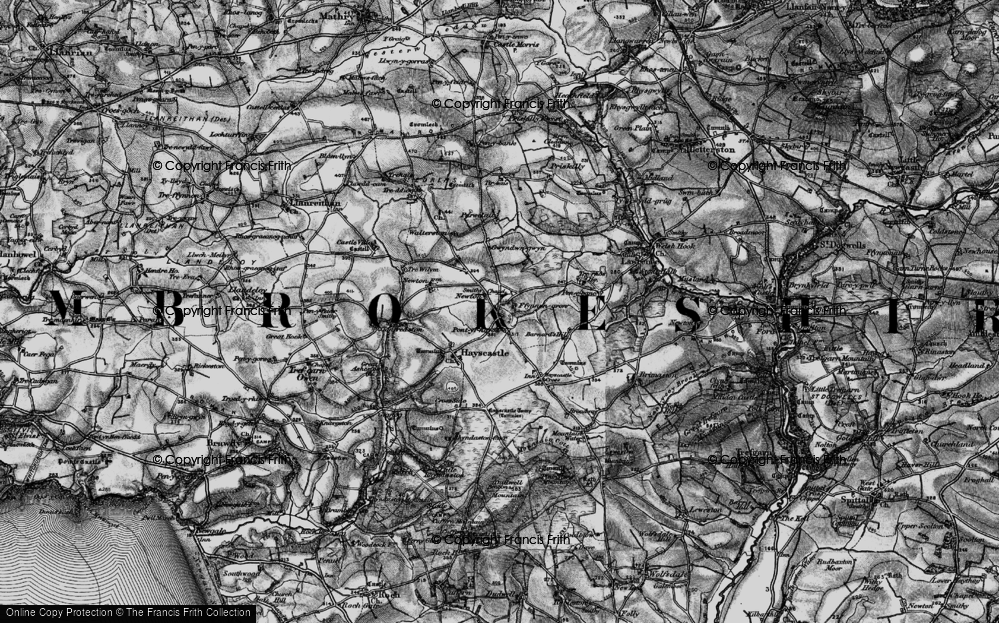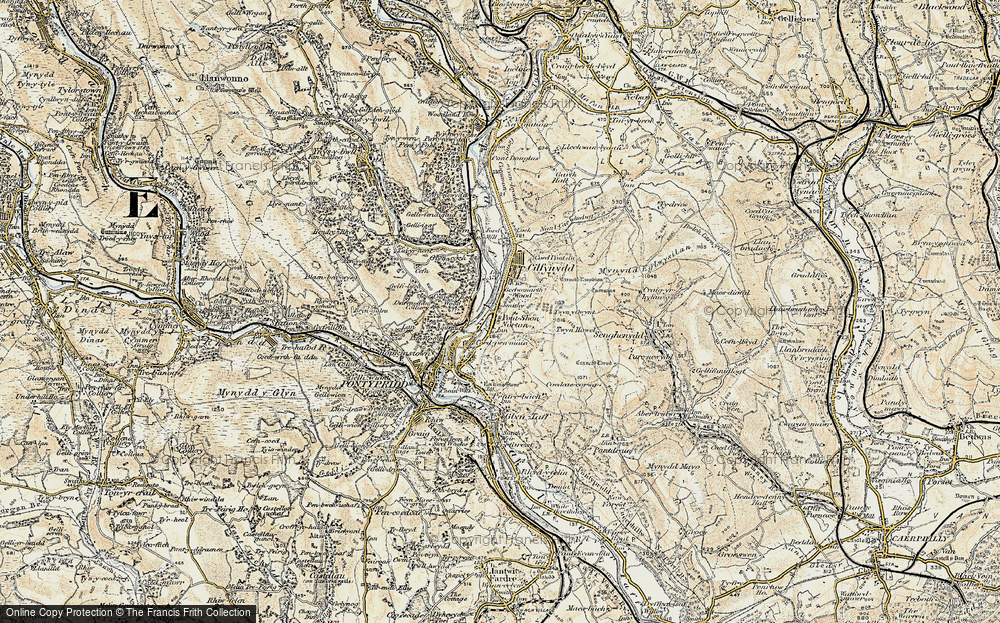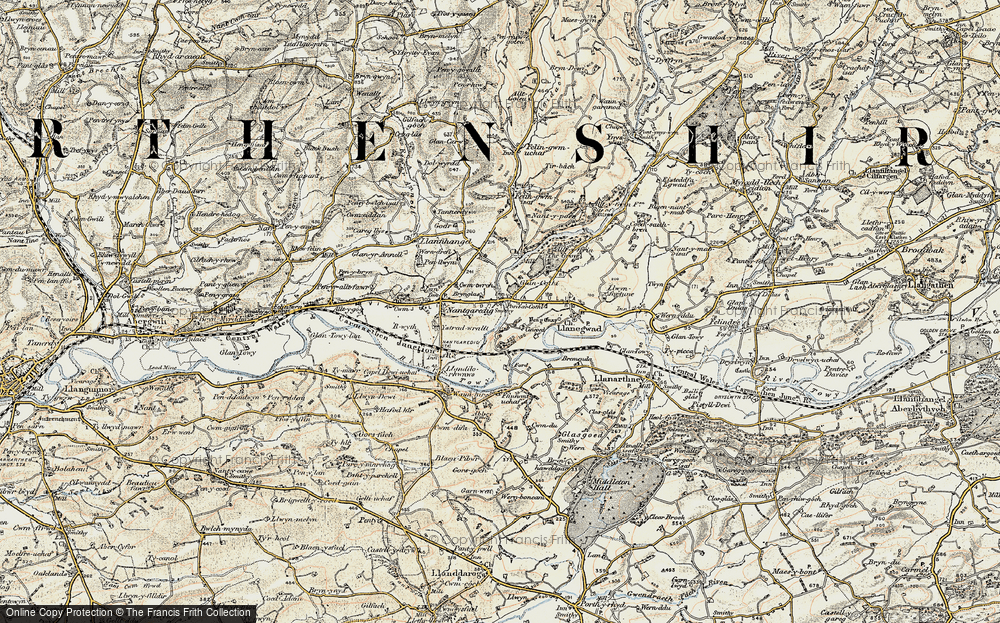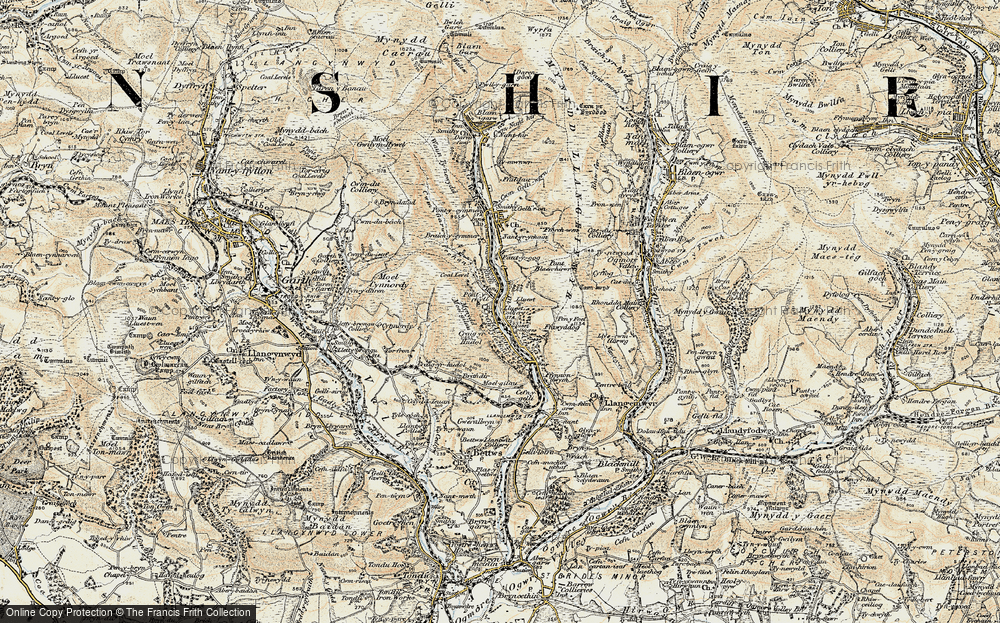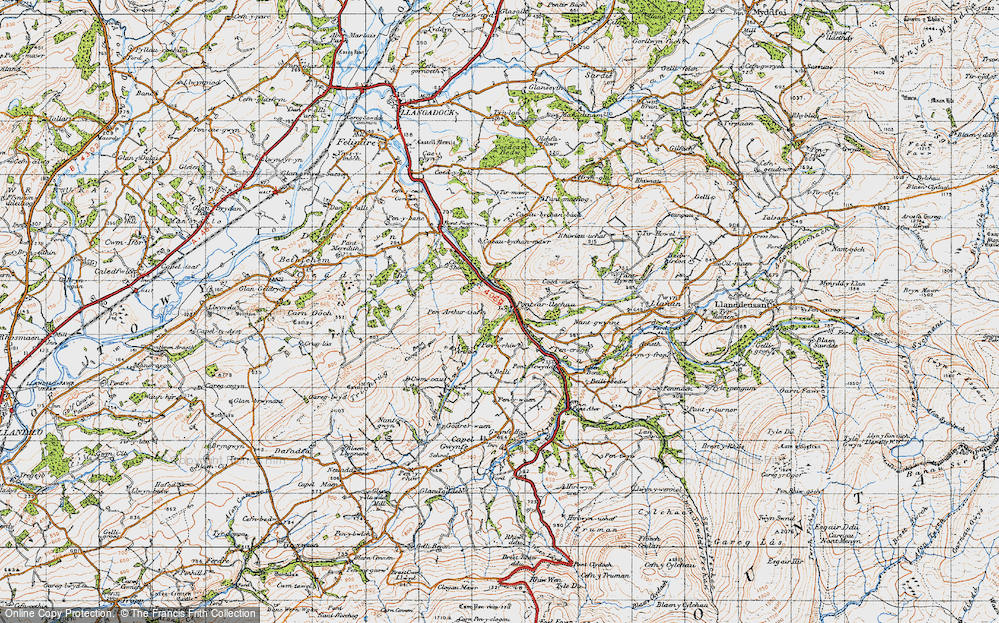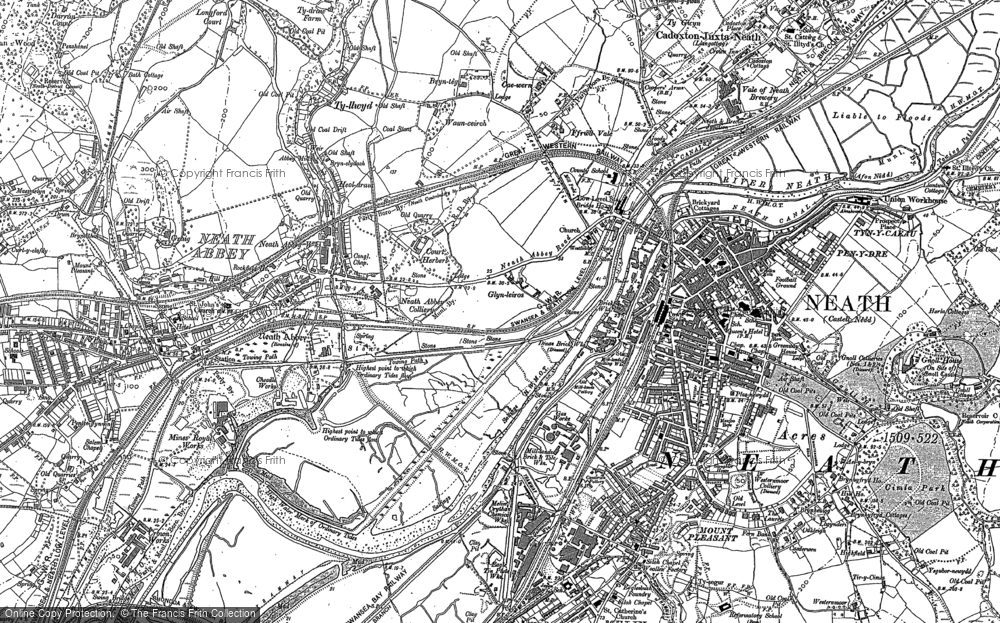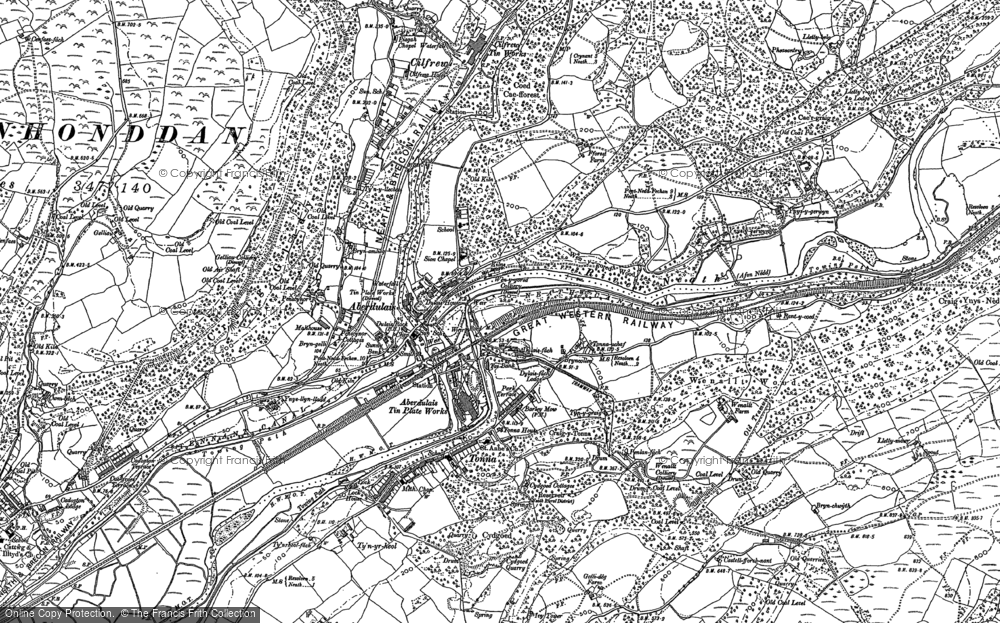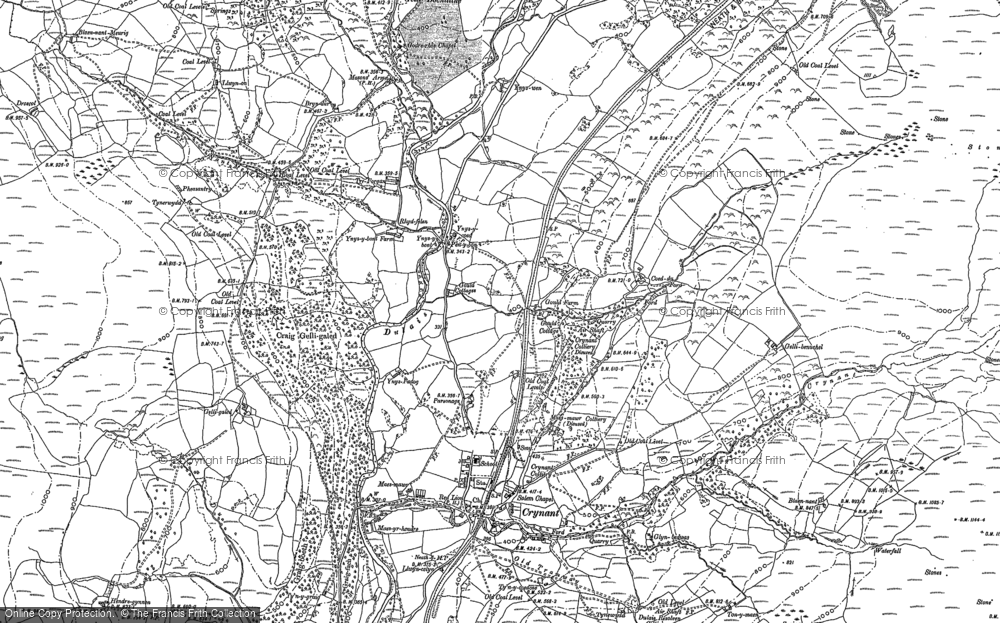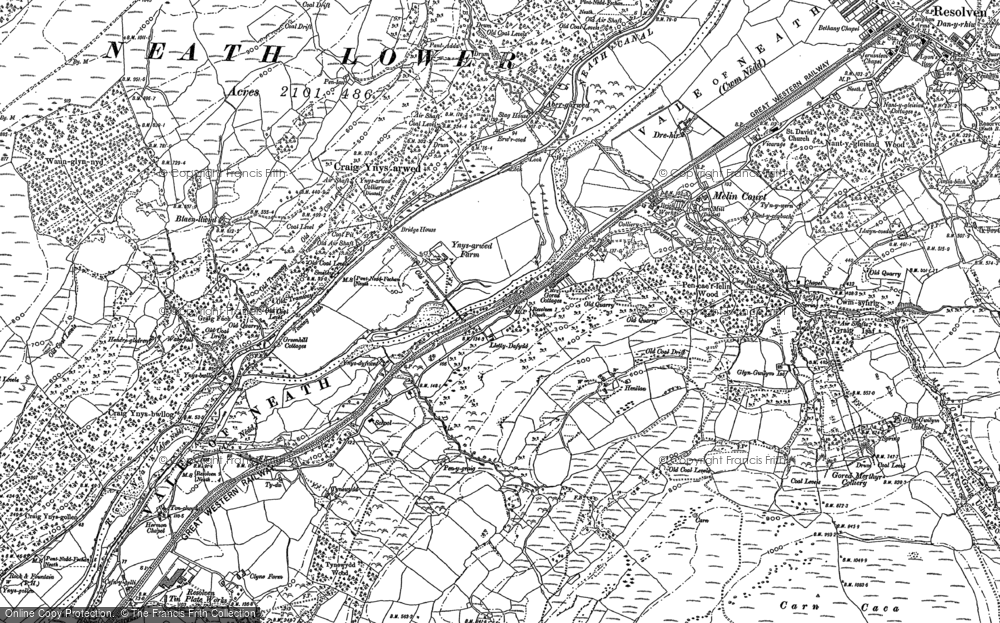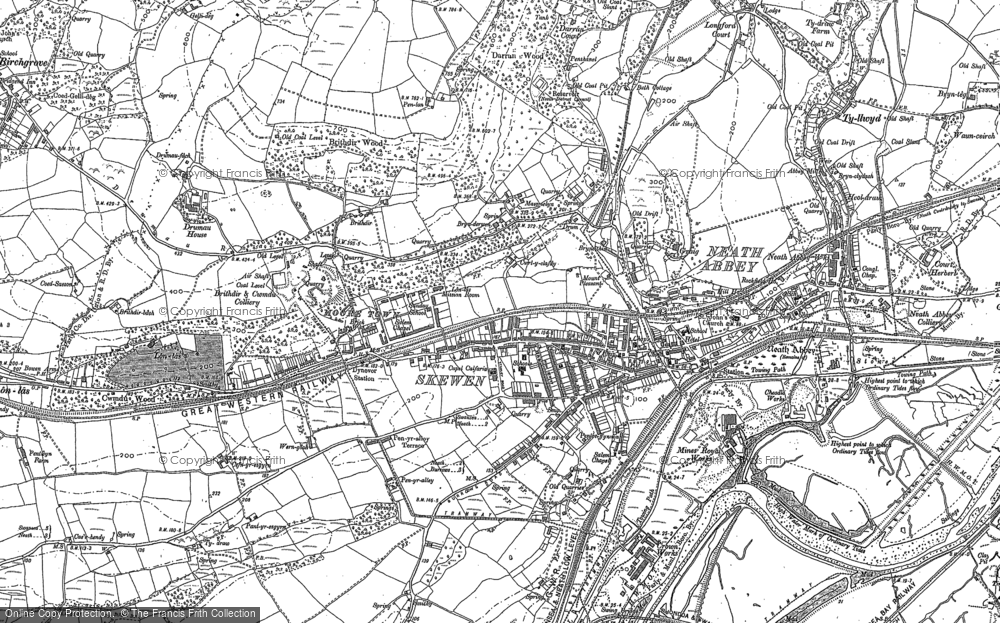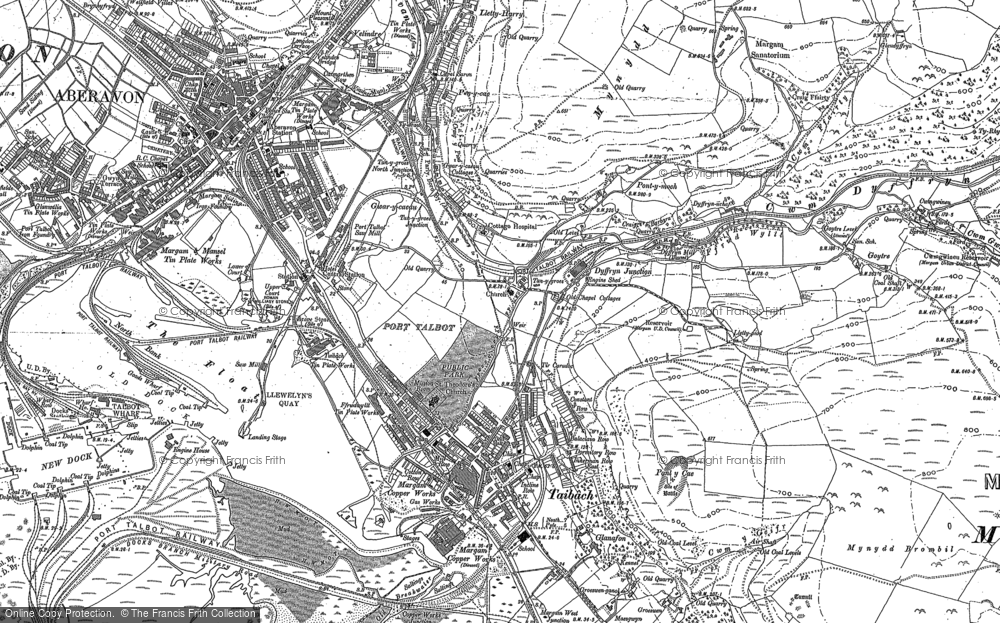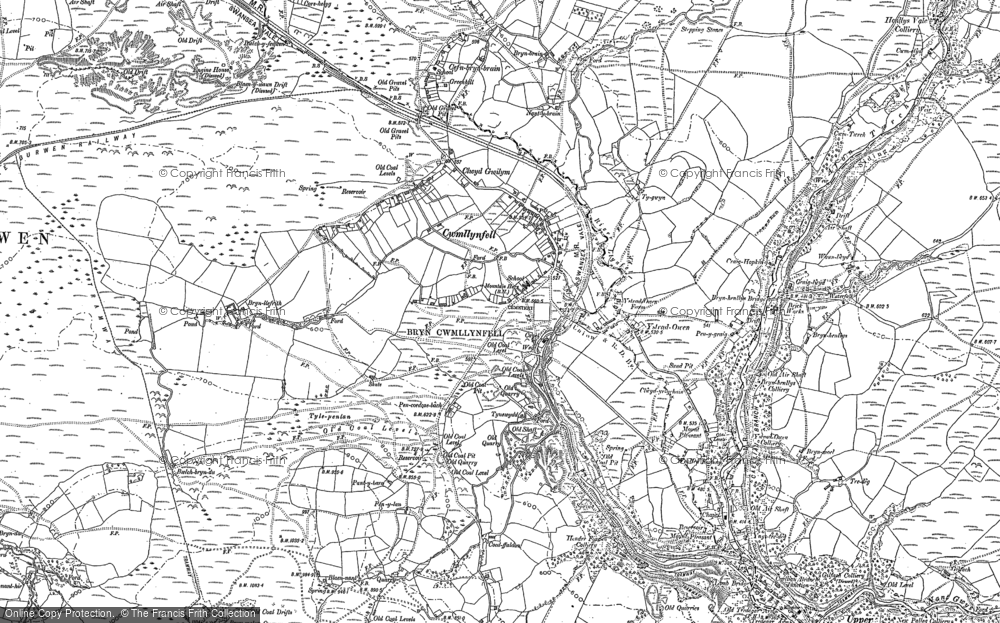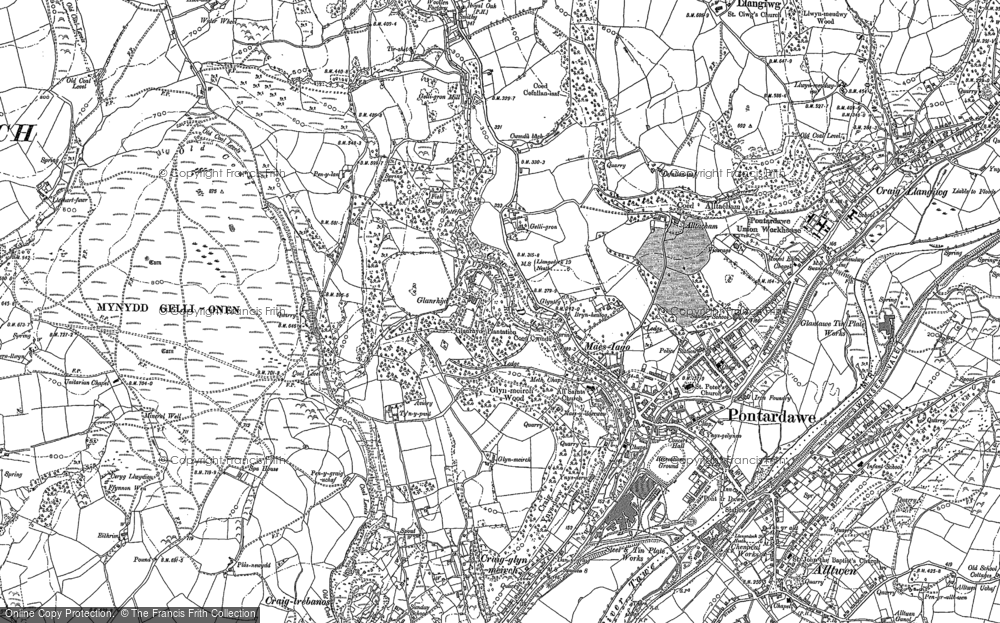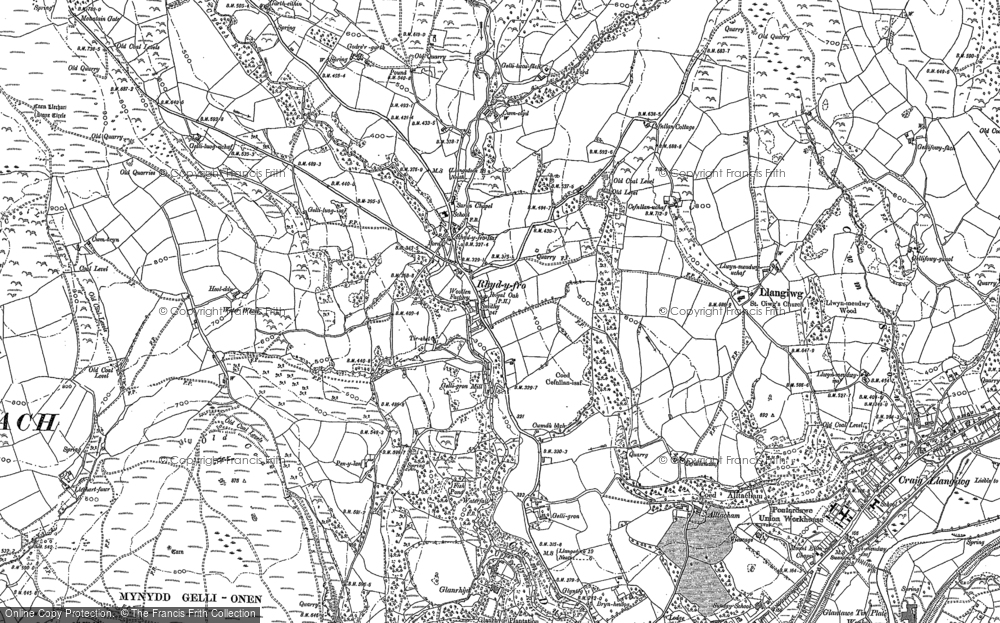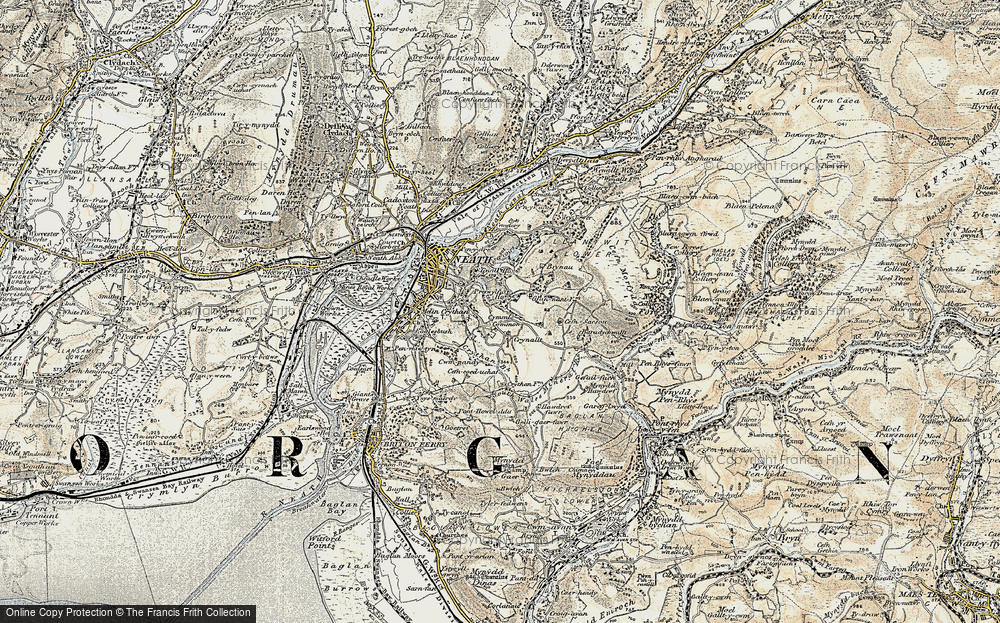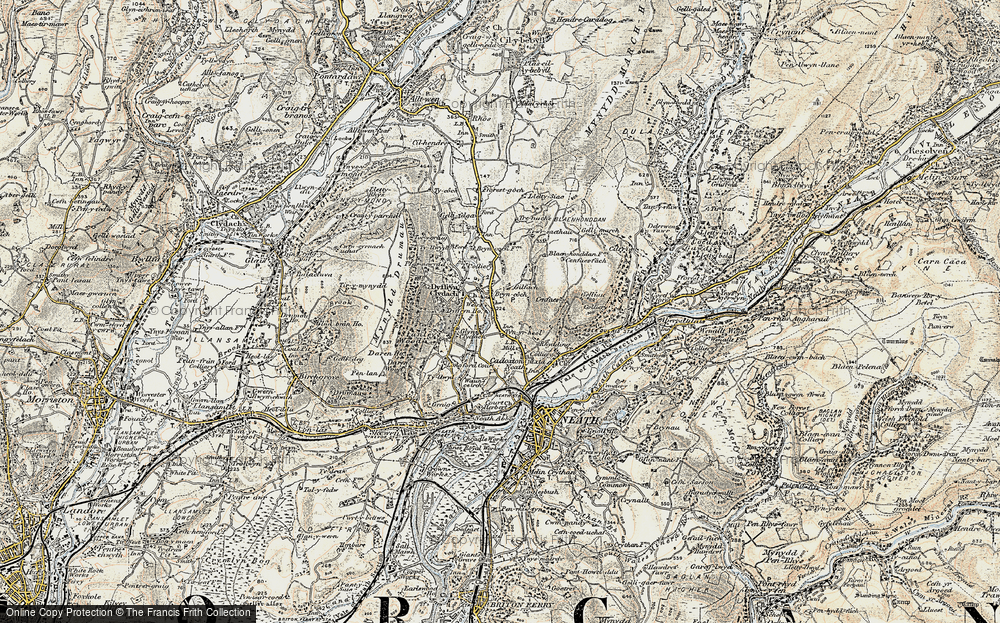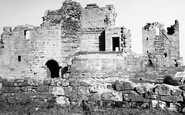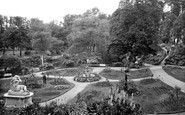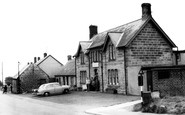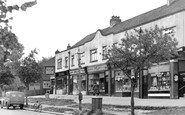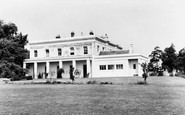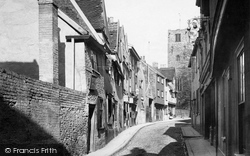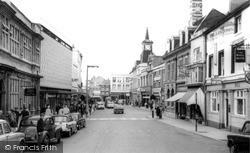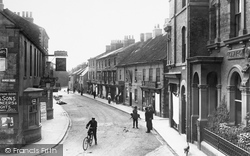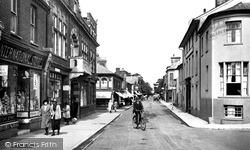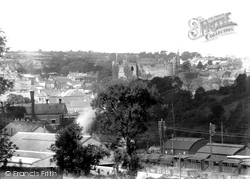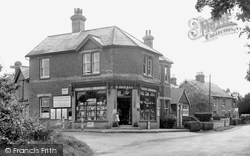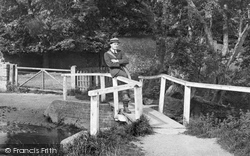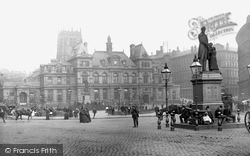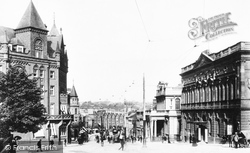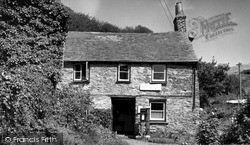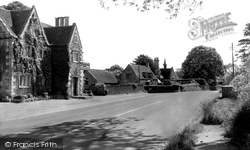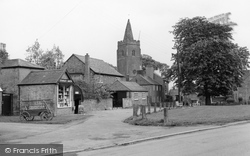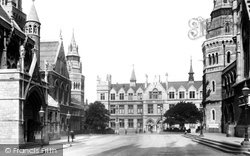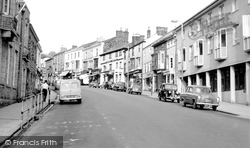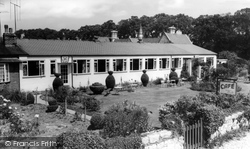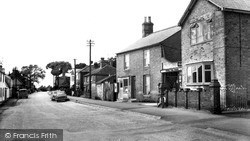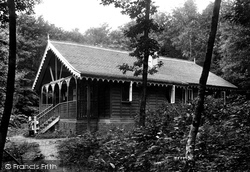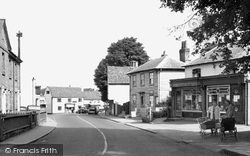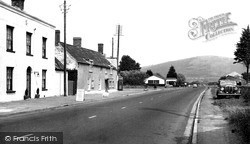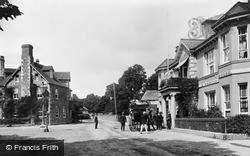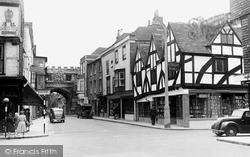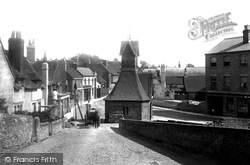Places
9 places found.
Those places high-lighted have photos. All locations may have maps, books and memories.
Photos
2,748 photos found. Showing results 301 to 320.
Maps
776 maps found.
Books
1 books found. Showing results 361 to 1.
Memories
2,736 memories found. Showing results 151 to 160.
Happy Days
Although not born in Sanquhar, I used to visit a family there about 45 years ago. They stayed above what is now Norman's Furniture shop. The lady was called Nellie, can't remember her husband, but they had a son called Ivy. None of my ...Read more
A memory of Sanquhar by
Memories Of Hulme
My name is Lynda (Howarth) and I lived in Hulme from 1943 until 1953. My Mum was Edith Woods, and she married Stanley Howarth. My mum used to live in Mary Street and then we moved to Junction Street, after the war. I ...Read more
A memory of Hulme in 1943 by
Moving To The Shrewsbury Area
My dad was posted from Strensall in Yorkshire to Nescliffe in the beginning of 1959. We took a steam train to Shrewsbury, then a bus to Nescliffe. At night the family of 3, plus cat in a basket, plodded across a ...Read more
A memory of Shrewsbury in 1959 by
Happy Times
I was born the day my parents moved to Sshilbottle. We lived at 16 Farne View but this was later changed to 16 St James Road. Nearly everyone's dad worked at the pit. Shilbottle seemed to be split in two - we had our own Church of ...Read more
A memory of Shilbottle in 1954 by
Fetcham In The Forties And Fifties
This parade of shops is in my memory for ever - my family moved to Orchard Close - which starts just beside the post office on the right of the picture - in 1946. My brother was five and I was six months old. We ...Read more
A memory of Fetcham in 1950 by
Early Years In Park Road
Born in 1947 to Ted & Cred Fowles, I lived in 3 Park Road until 1955 when I moved down the hill to Southsea. I started Tanyfron primary school in 1951 and went on to Penygelli Secondary school, Coedpoeth, in 1958. When ...Read more
A memory of Tanyfron by
1955 Raoc
Hello, my main memory was of Cpl Colman in charge of our barracks, he was hard, but fair, especially as I wrecked his room one night for a prank and he gave me cookhouse duties, but it could have been worse. My twin brother Paul was ...Read more
A memory of Deepcut by
1 Year At Laleham Abbey
I attended Laleham Abbey just for one year (1953 - coronation year). My surname then was Hebden. I was very shy and didn't make many friends. The one girl I do remember was an Australian whose surname was Snedden who I believe ...Read more
A memory of Laleham in 1953 by
Walnut Cottage
My Grandparents ran the post-office at Moorland when I was young, we used to visit every Sunday. I loved the atmosphere and the peacefulness of the village. My grandad was Charles Kitch, also named 'Fido', but I can't find out why. ...Read more
A memory of Moorland in 1962 by
The Shops And Doctors At Sandiway 1956
We first arrived in Sandiway in 1956. I remember getting off the bus at the top of Mere Lane and walking down towards our new home in Cherry Lane. The house was a 'tied house' belonging to the ICI and our ...Read more
A memory of Sandiway in 1956 by
Captions
1,653 captions found. Showing results 361 to 384.
All Saints' Church in the distance survived bombing and post-war clearance, along with a thatched pub, the quaintly-named Barking Dickey, which later became a greengrocer and then a bank.
A new retail block has been built between the post office and Marks & Spencer, replacing Lesters and the White Swan. Boots has moved from its previous location next to Woolworths.
Forty pairs of horses were maintained at the inn for posting.
The post office stores have moved around the corner and the letter box has gone.
A view of the High Street showing—on the left—the Town Hall of 1900, which housed Barclays Bank and the Post Office downstairs.
An excellent view of the post-WWII town looking across the railway lines into the town. Note the many railway wagons in the yards in the foreground of the picture.
All Saints' Church in the distance survived bombing and post-war clearance, along with a thatched pub, the quaintly-named Barking Dickey, which later became a greengrocer and then a bank.
Bournville Cocoa can be seen advertised in the window of the local post office and stores - a reminder of the days when the village shop was an integral part of the community.
The young man may be delivering post, judging by his bag. He is apparently travelling on two wheels, as he is wearing bicycle clips. His straw boater is in the fashion of the time.
The large building in the background is the Post Office, which was open from seven in the morning till ten at night.
On the right are the old Post Office and the red brick and pedimented agricultural hall of 1882, both now occupied by Anglia Television.
Today it is smaller than in the past and many of the cottages are holiday homes. The Post Office closed in June 1990 because of the decline in trade.
The octagonal chimneys with moulded caps match those we can see on the post office but the frontage of the inn is built in quartz and tufa, giving it a more rugged appearance.
James Powell, the vicar from 1789 to 1844, married Mary Twining of the tea family; the lychgate, visible behind the telephone post, was built in his memory.
The main public entrance to the Post Office is just out of sight around the corner on the right. Staff entered through the central doors.
The ugly Post Office (right) replaced the fine old granite building which was once the town house of the Trevenen family of Bonython Manor.
Resourceful individuals often took advantage of the growing number of visitors to North Wales in the post-war years.
Opposite the post office is the Ship public house.
Two little girls have been pressed into service to add human interest to this picture of the rustically styled post office.
The weatherboarded building on the right has served as the post office for many years, and the white building on the left is the Blue Boar.
Under the Mendips, the Old Post House (by the phone box) and Weare House (to its left), now private houses, and the Lamb Inn (behind the photographer) offered refreshment and accommodation to travellers
The Posting House on the right is a reminder of the earlier age of horse-drawn transport.
Street furniture is changing with the introduction of the ugly concrete street lamp post outside the timber-framed building that was Beach's bookshop.
This is a quiet mid-afternoon picture, deserted save for workmen re-fitting the shopfront to the post office on the left.
Places (9)
Photos (2748)
Memories (2736)
Books (1)
Maps (776)




